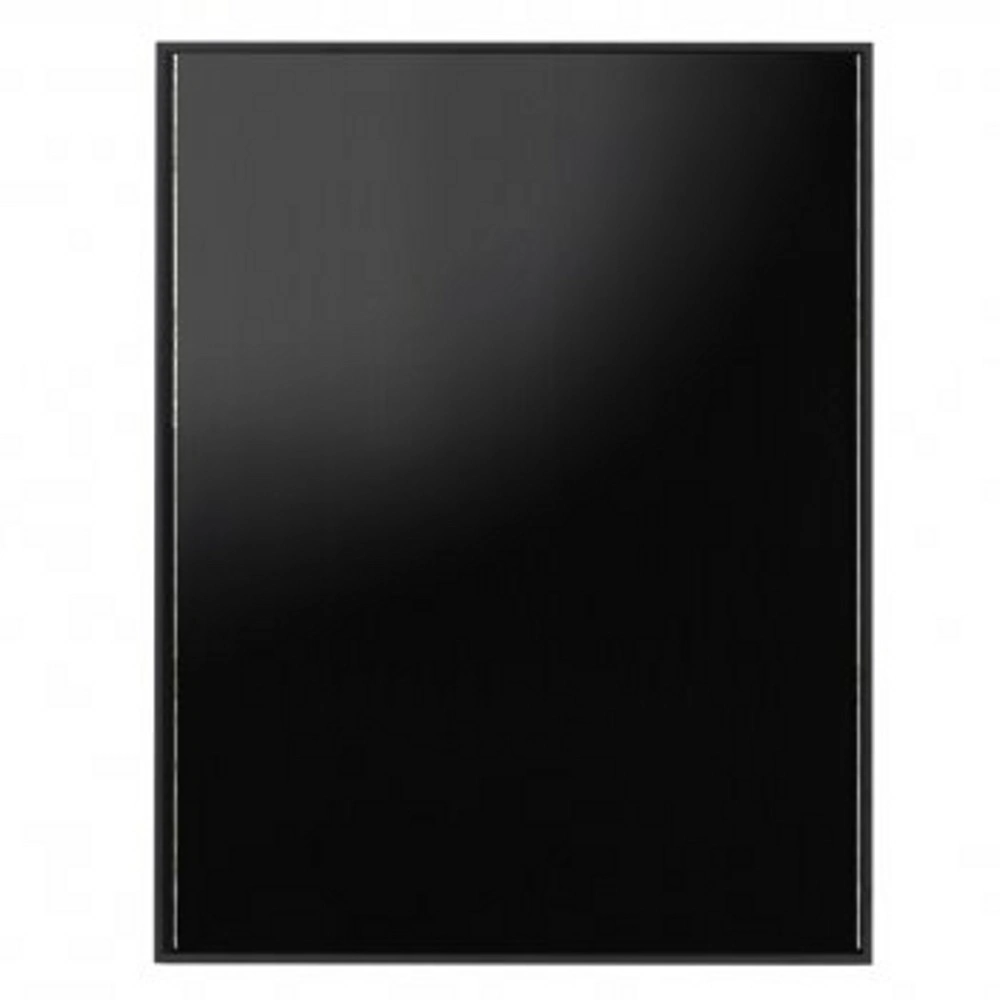There are different types of solar cells. Monocrystalline cells are made from blocks of silicon that form a single crystal, while polycrystalline (or multicrystalline) cells are made from multiple crystals. There are also amorphous solar cells. Opinions vary regarding the difference in output; some say polycrystalline cells perform slightly better under diffuse light conditions, such as cloud cover or shade. However, significant differences in efficiency between monocrystalline and polycrystalline cells have never been proven, as shown in the table below.
| Monocrystalline | Polycrystalline | Amorphous | |
| Efficiency | 14-20% | 12-16% | 6-10% |
| Long term | Very high efficiency, long and stable lifespan | High efficiency, long and stable lifespan | Low efficiency, shorter lifespan |
| Cost | High | Lower than mono, higher than amorphous | Low |
The most widely used technology is crystalline silicon, which can be divided into monocrystalline silicon (mono-Si) or polycrystalline silicon (poly-Si). Monocrystalline solar cells are made from a cylindrical silicon ingot with a continuous molecular crystal structure. Because the ingots are round, monocrystalline cells usually have rounded corners.
Polycrystalline cells are made from silicon with an interrupted crystal structure, which theoretically results in lower efficiency. However, this difference mainly shows under direct sunlight, which is less common in the Netherlands. In addition, polycrystalline cells can more efficiently cover the surface of a solar panel because they can be made square. As a result, the overall efficiency of both types is essentially the same, and they are produced in roughly equal volumes.
Nowadays, the difference between mono- and polycrystalline cells is hardly noticeable; the main distinction is the rounded corners of monocrystalline cells.


In recent years, the use of so-called thin film technology — the umbrella term for various non-crystalline solar panels — has increased. A key technique is amorphous silicon (a-Si), in which the silicon has little to no crystal structure. The advantage of this technology is that the silicon layers can be made much thinner and can be produced at relatively low temperatures, making amorphous silicon cheaper. Unfortunately, its efficiency still lags behind crystalline silicon.
> See which types of solar cells Zonnefabriek uses for its solar panels